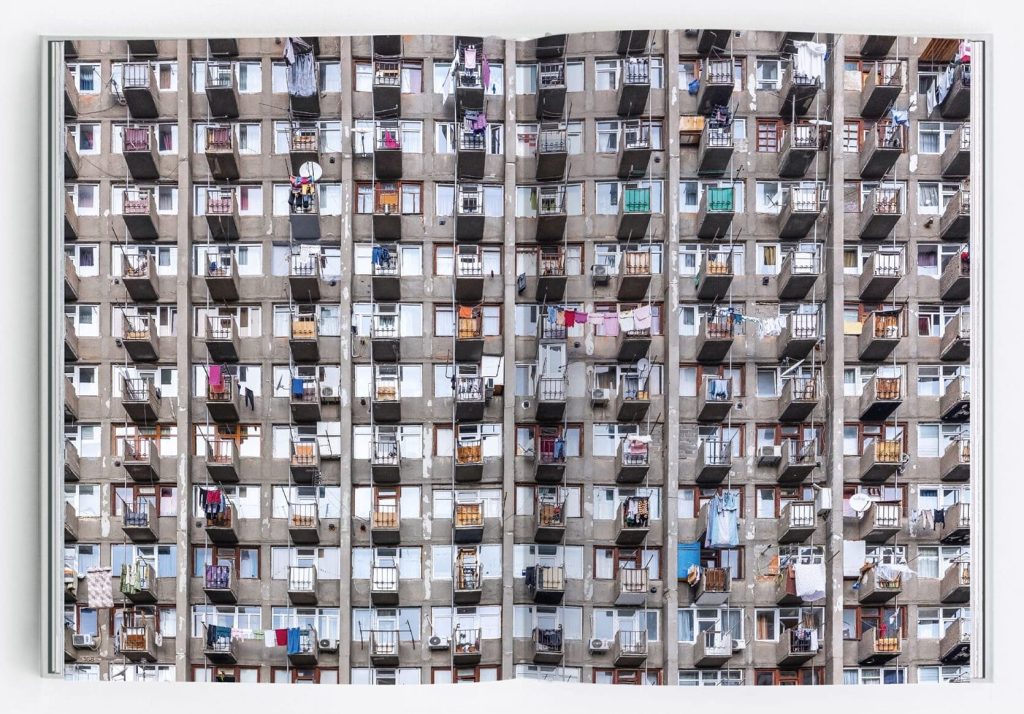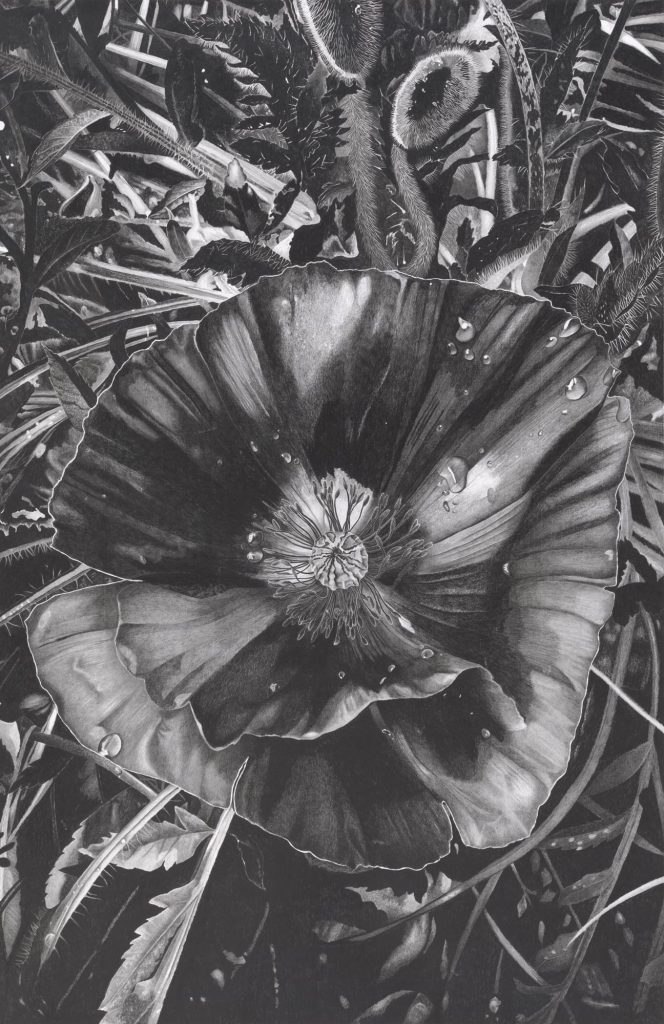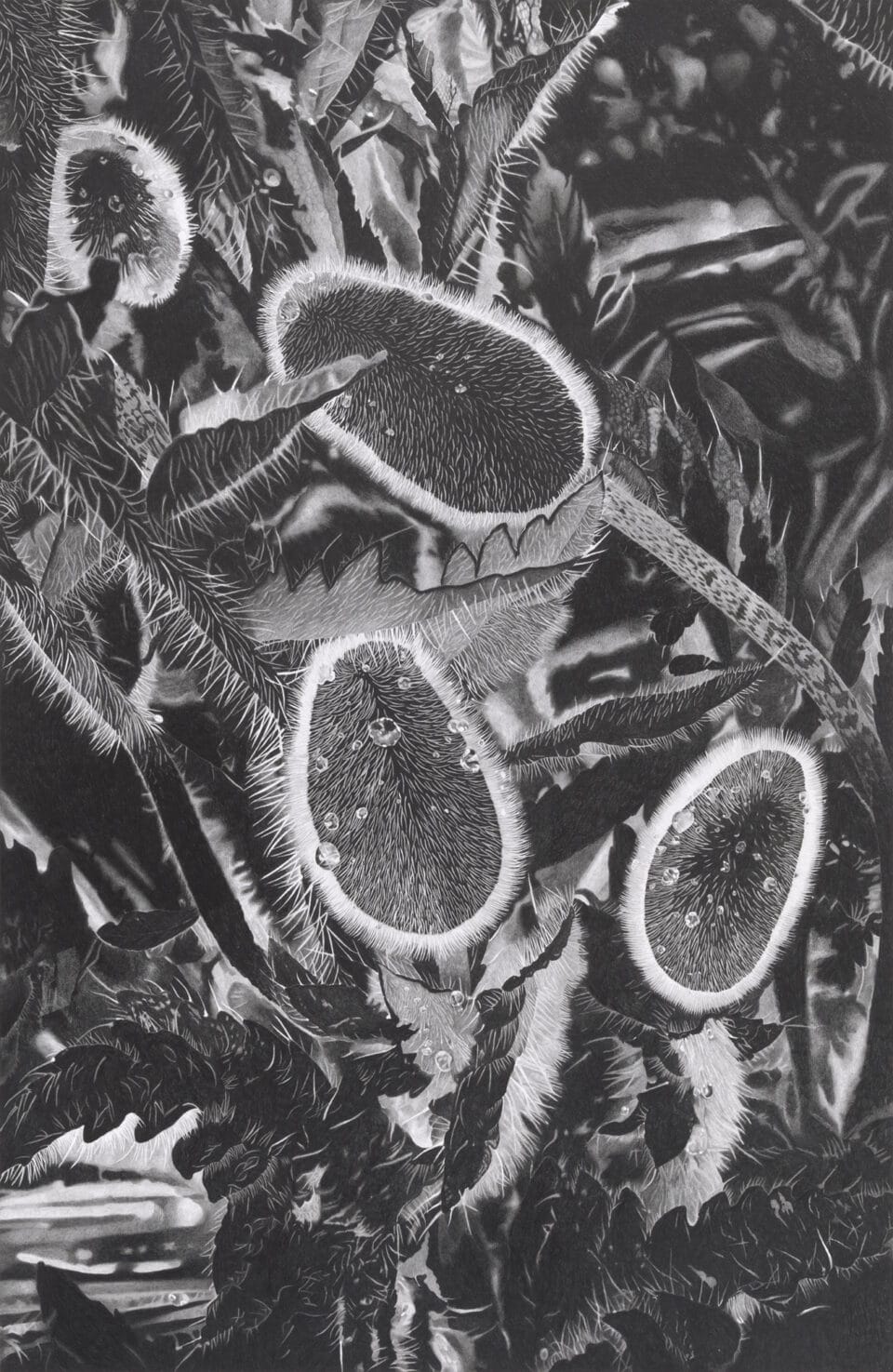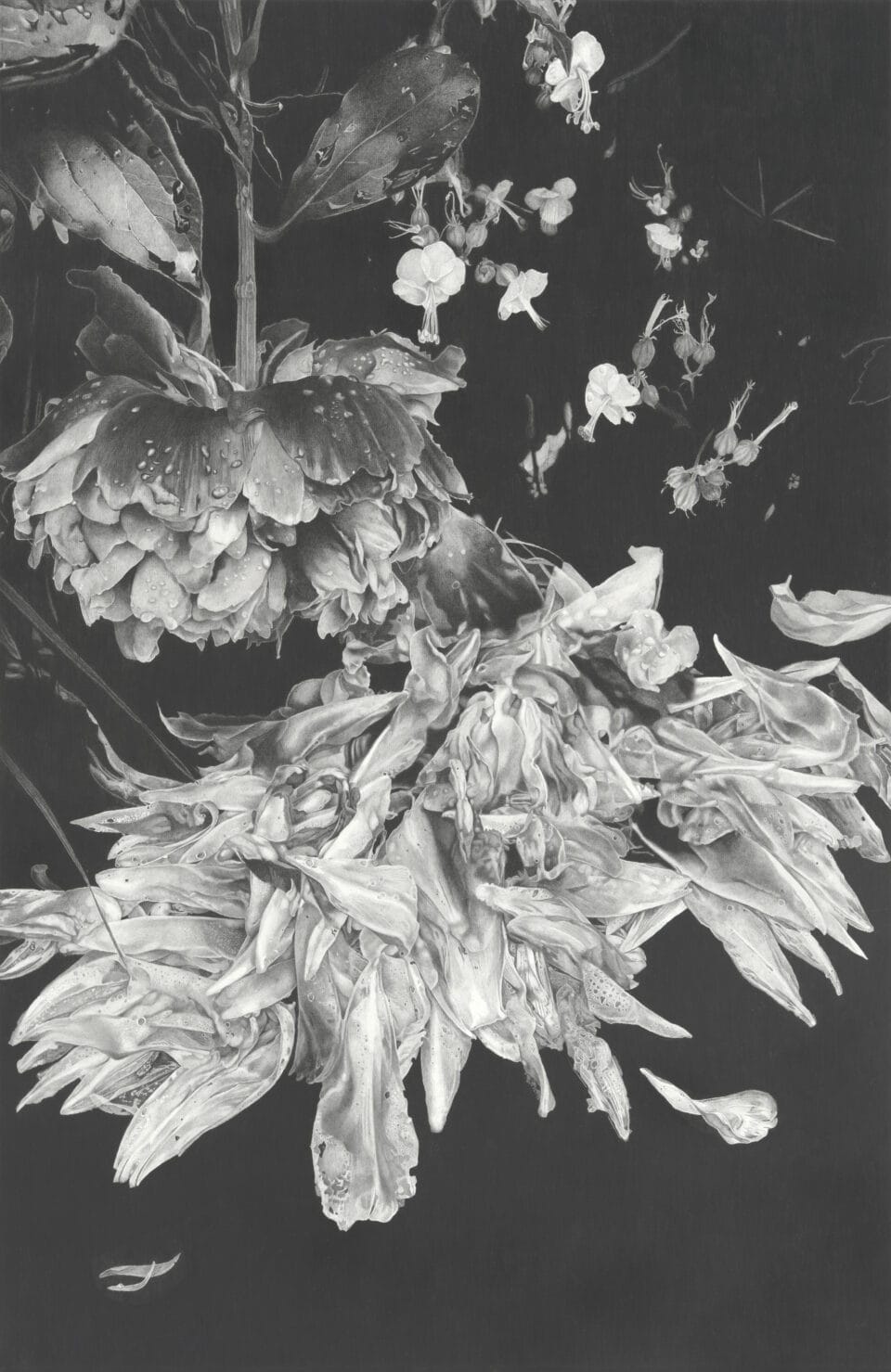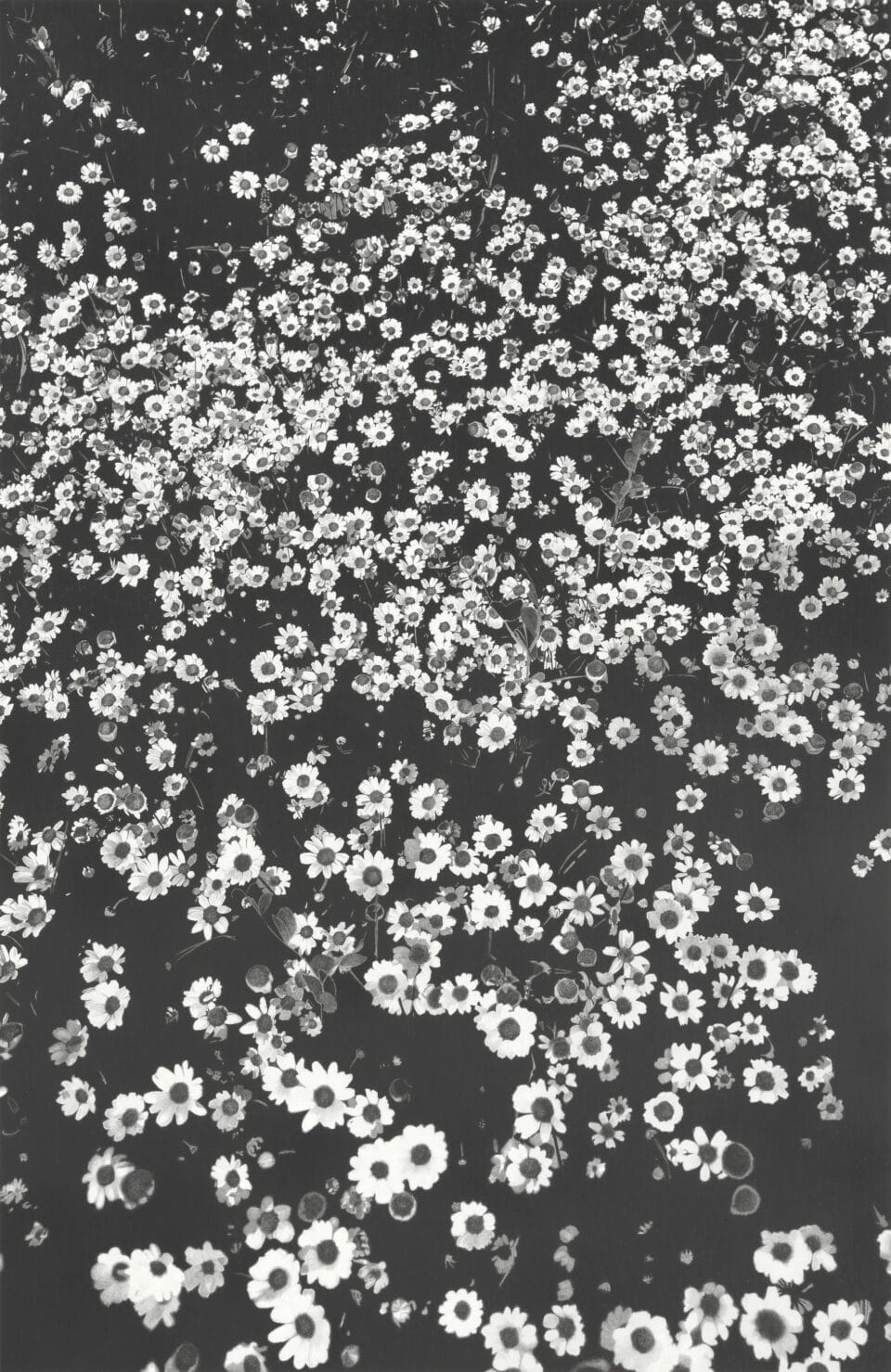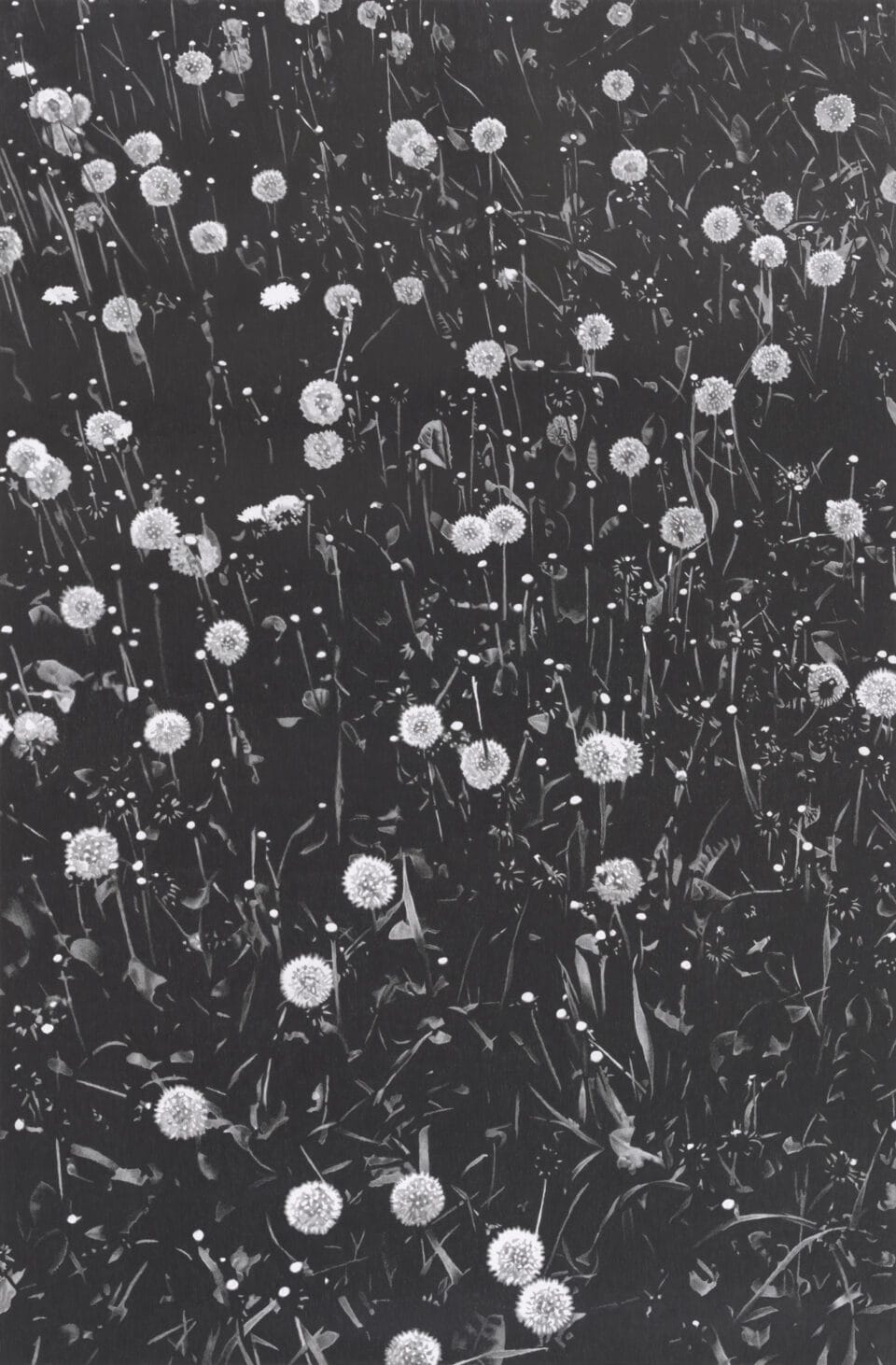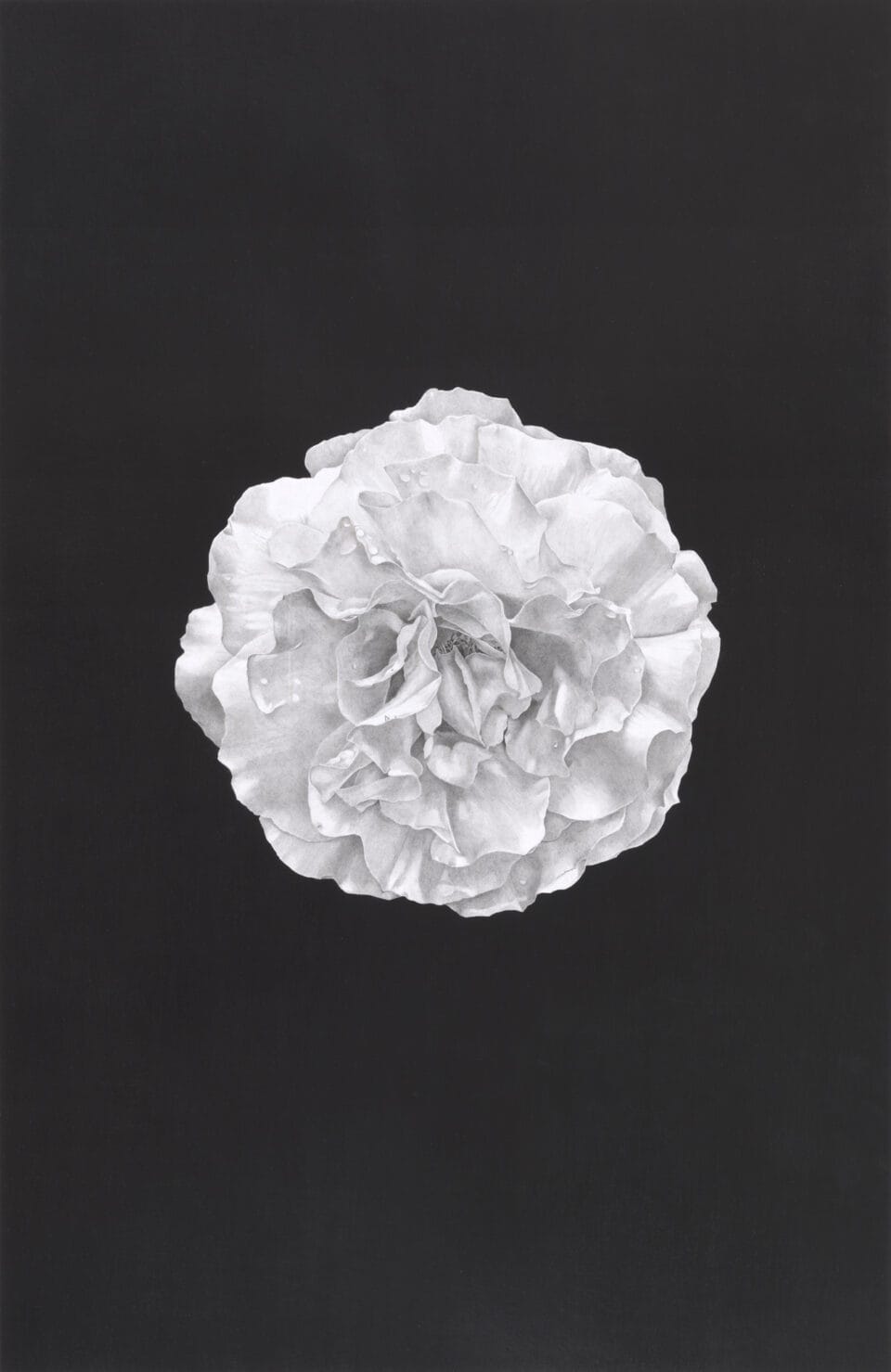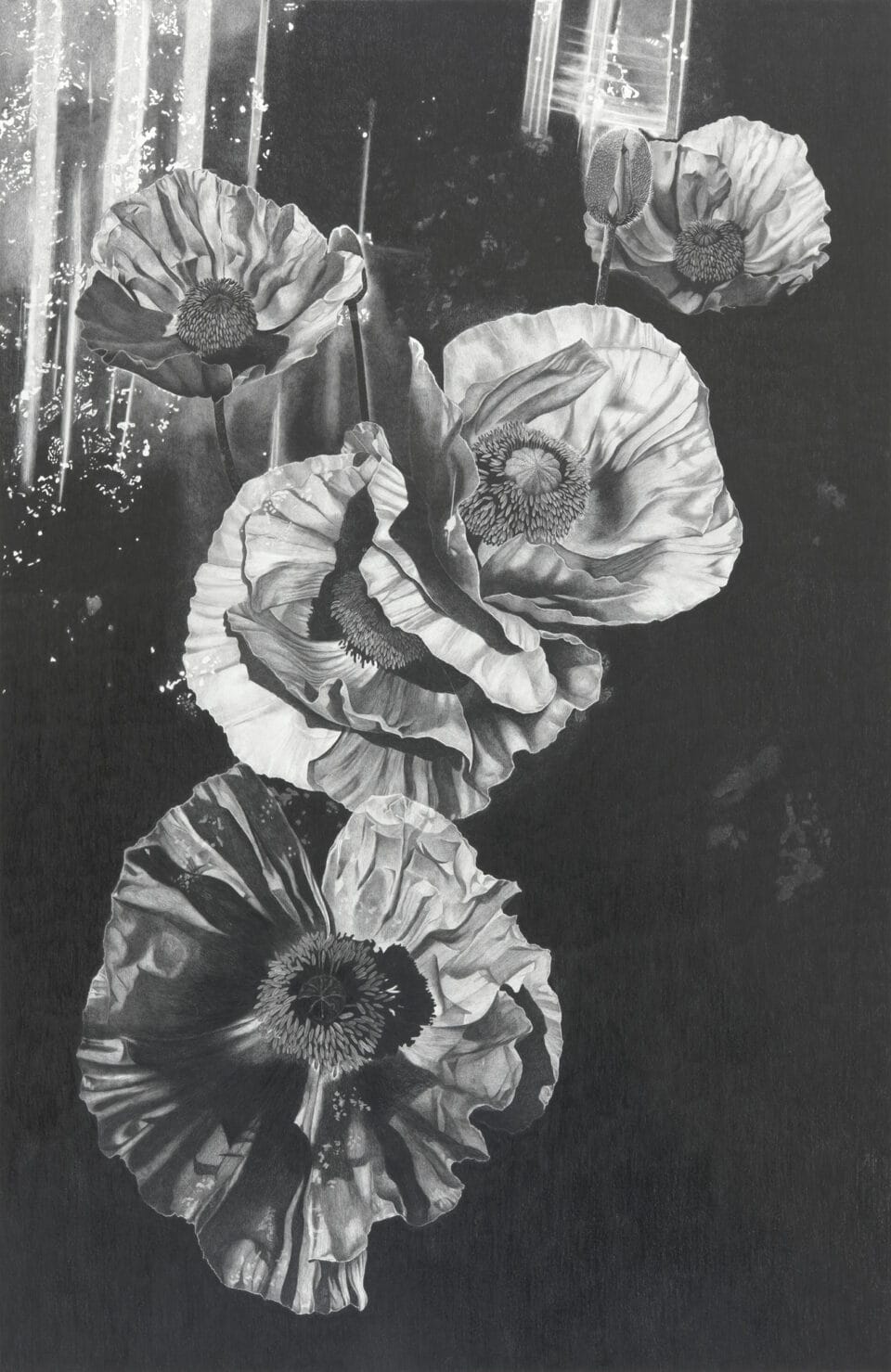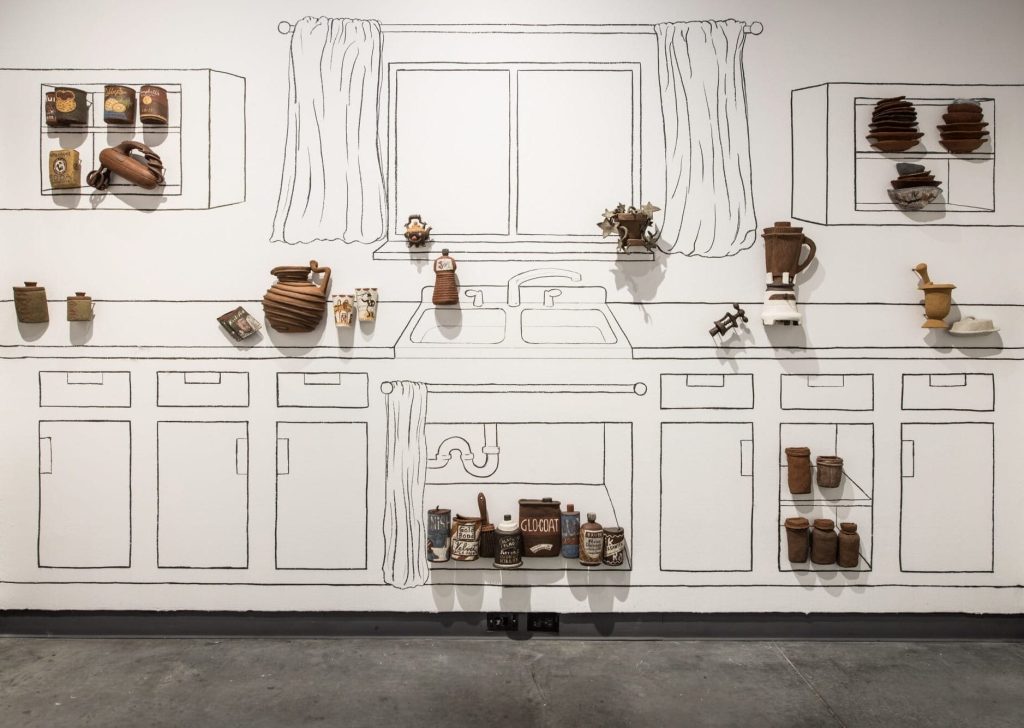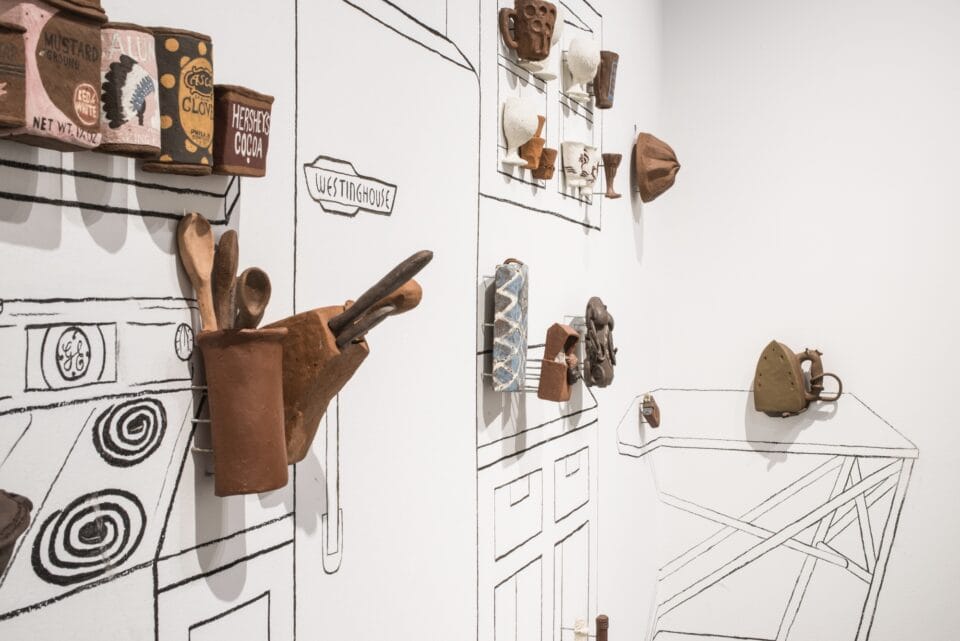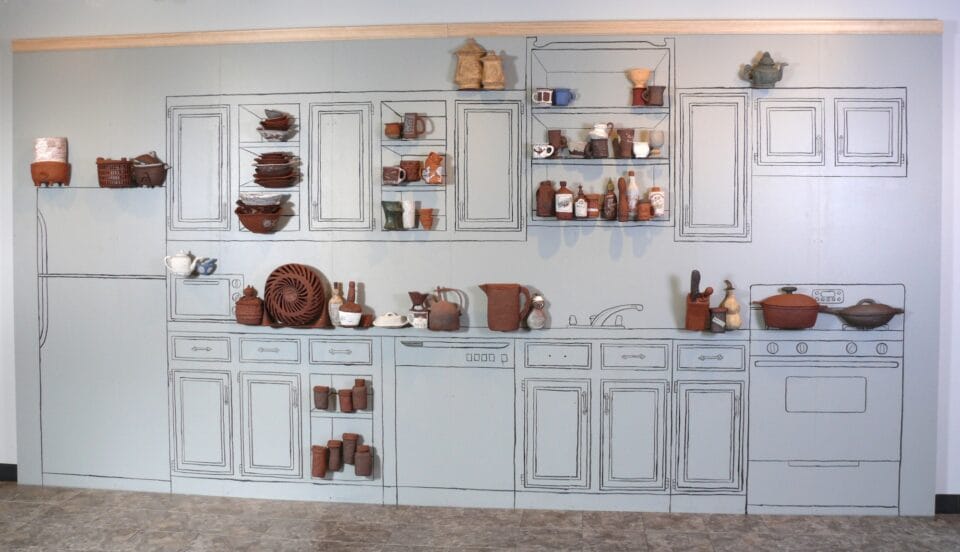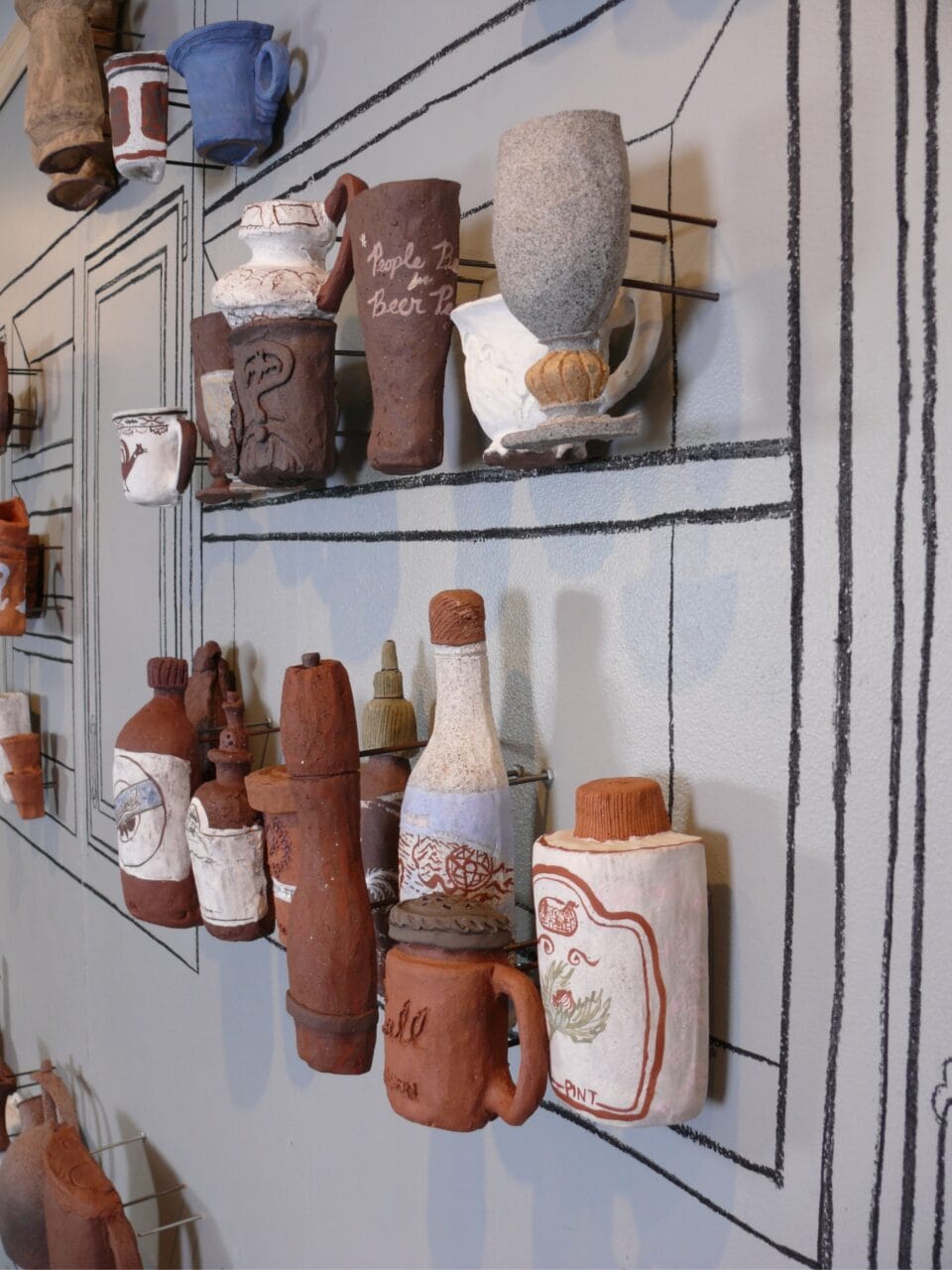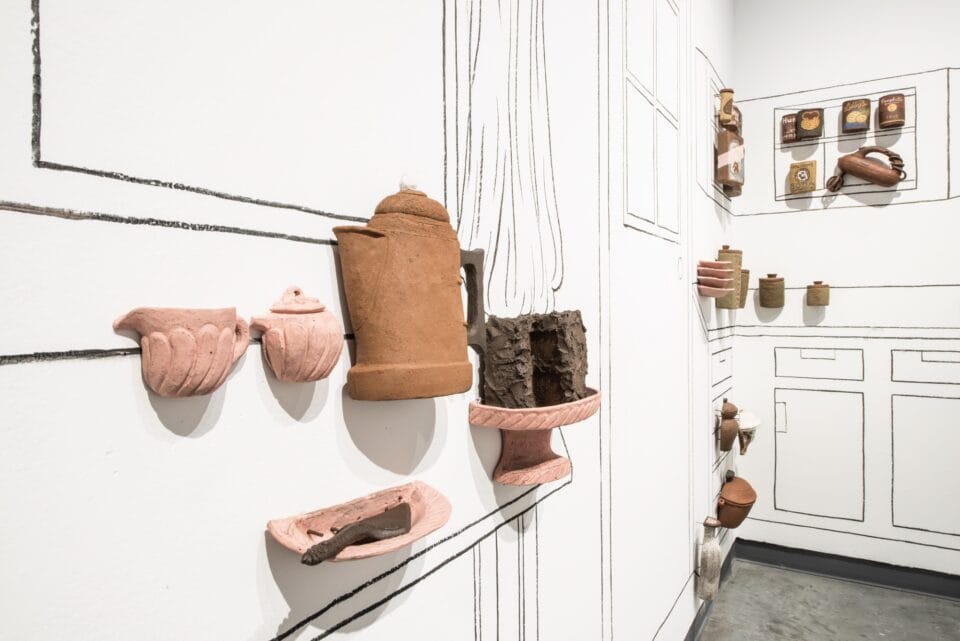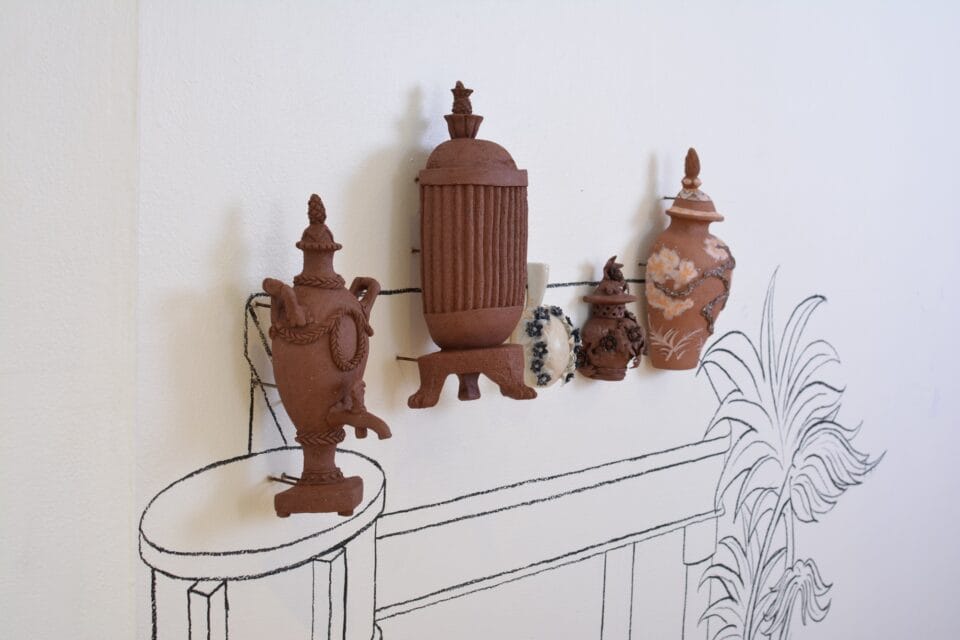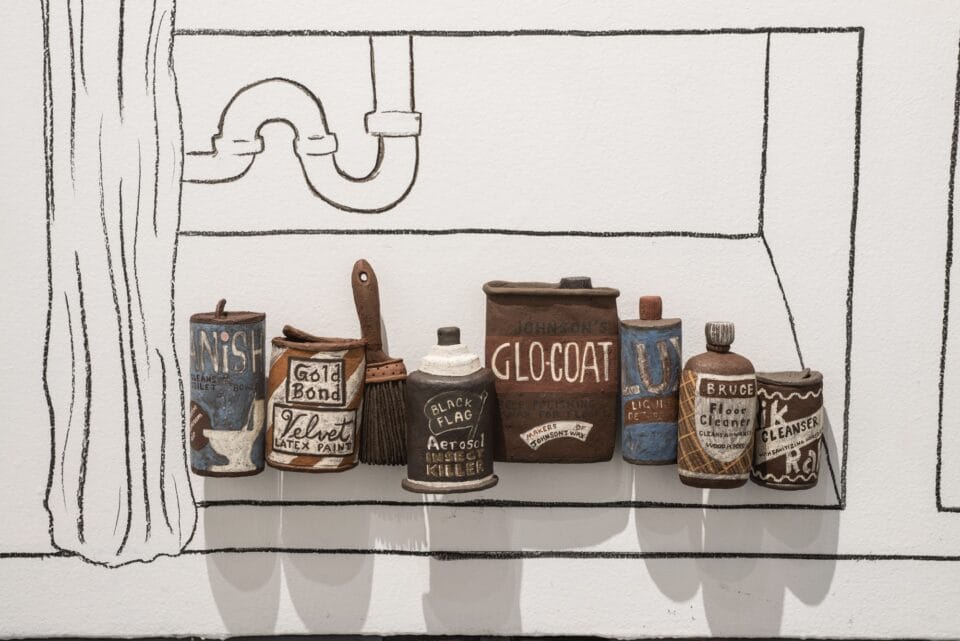
In the second half of the 20th century, “brutalism and the shall-we-call-it ‘marketplace modernism’…when it appeared in the East, was always about spectacle,” Zupagrafika founders David Navarro and Martyna Sobecka say in a blog post about Eastern Bloc suburbia.
Brutalist housing estates and public buildings of the post-war Soviet era were built on a massive scale, often from concrete and prefabricated panels, to accommodate growing populations and to demonstrate power, socialist values, and modernity. Sometimes blocked in color or complemented by murals, these hulking structures largely emphasized monolithic forms, an unmissable PR message about communist ideology.
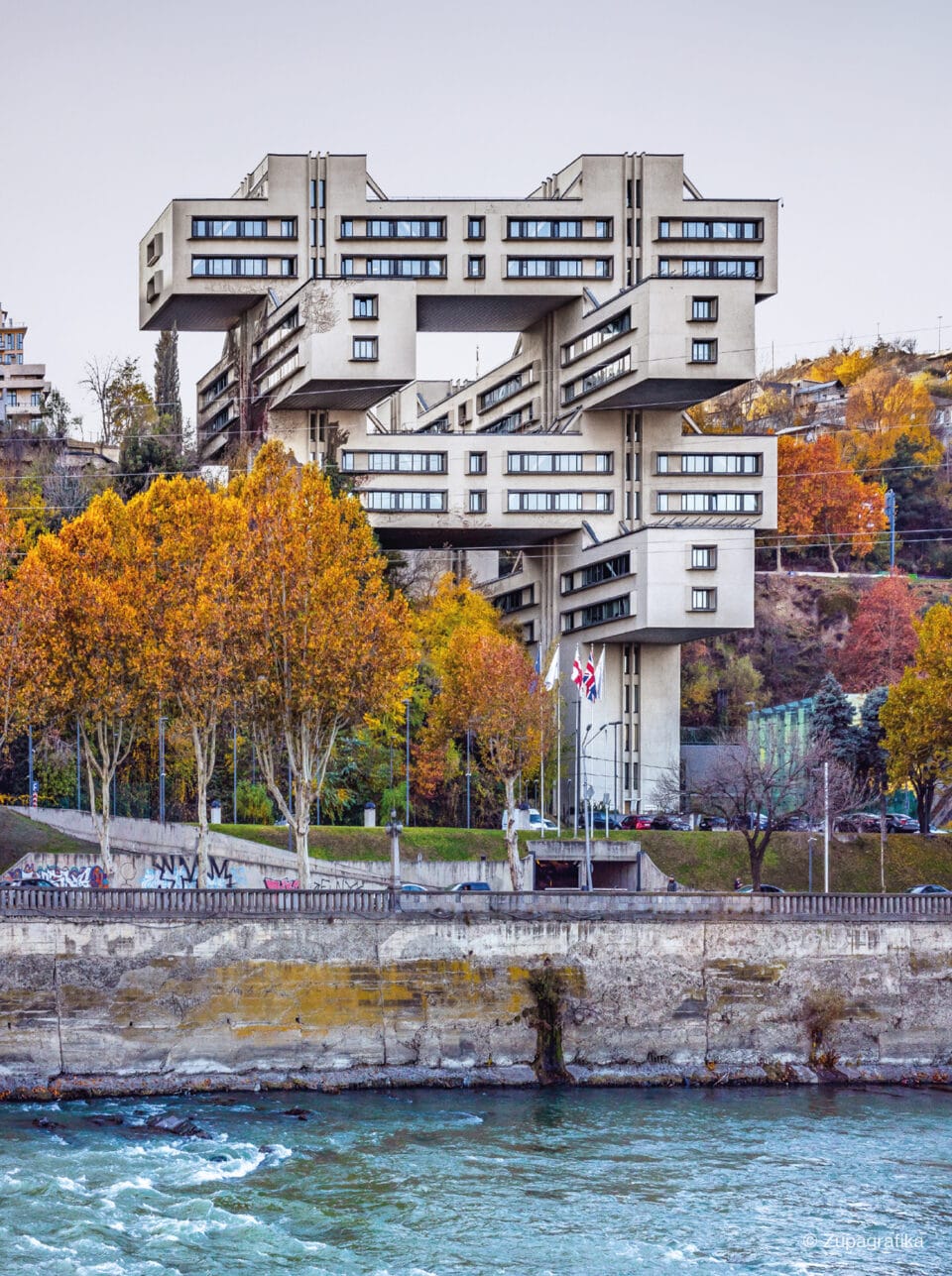
Brutalism is a study in contrasts—heaviness juxtaposed with balance; concrete set into the natural landscape. Eastern Blocks II, Navarro and Sobecka’s new book, captures some of these stark scenes, with expansive residential units rising above bucolic meadows or framed by nothing but snow. Functionality takes precedence over aesthetics.
Navarro and Sobecka have traveled the width and breadth of Eastern Europe, photographing the region’s unique architecture and expanding on the first volume published in 2019. Along with local photographers Alexander Veryovkin and Kseniya Lokotko, who captured views of Kaliningrad and Minsk, the authors chronicle a total of ten cities from Chișinău to Riga to Prague in more than 180 photos.
Find your copy on the publisher’s website. You might also enjoy Zupagrafika’s Kiosk, a survey of Eastern Europe’s disappearing tiny shops.
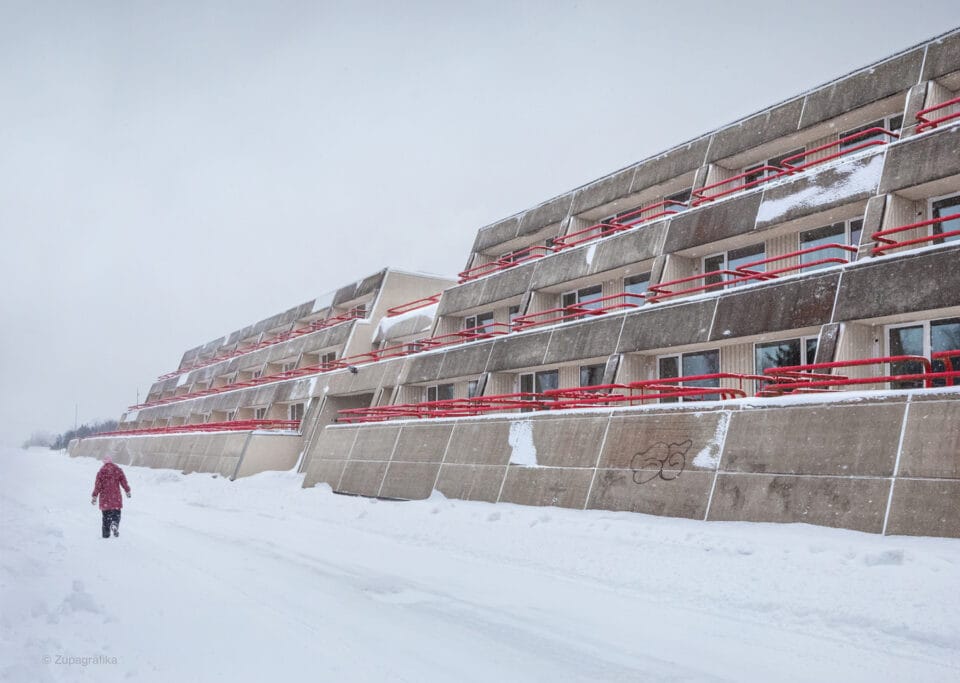

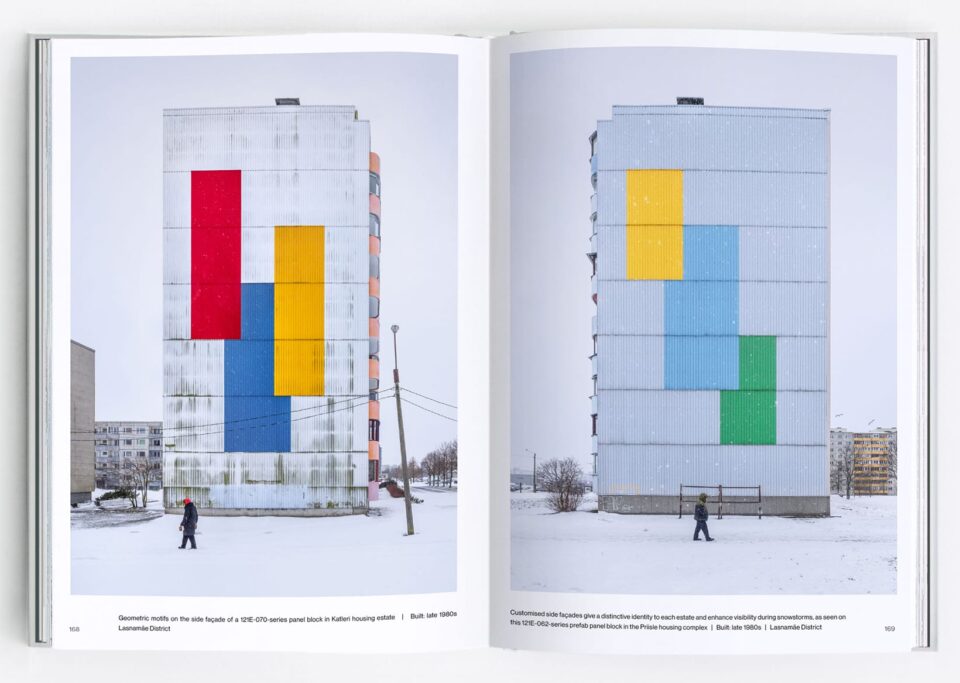
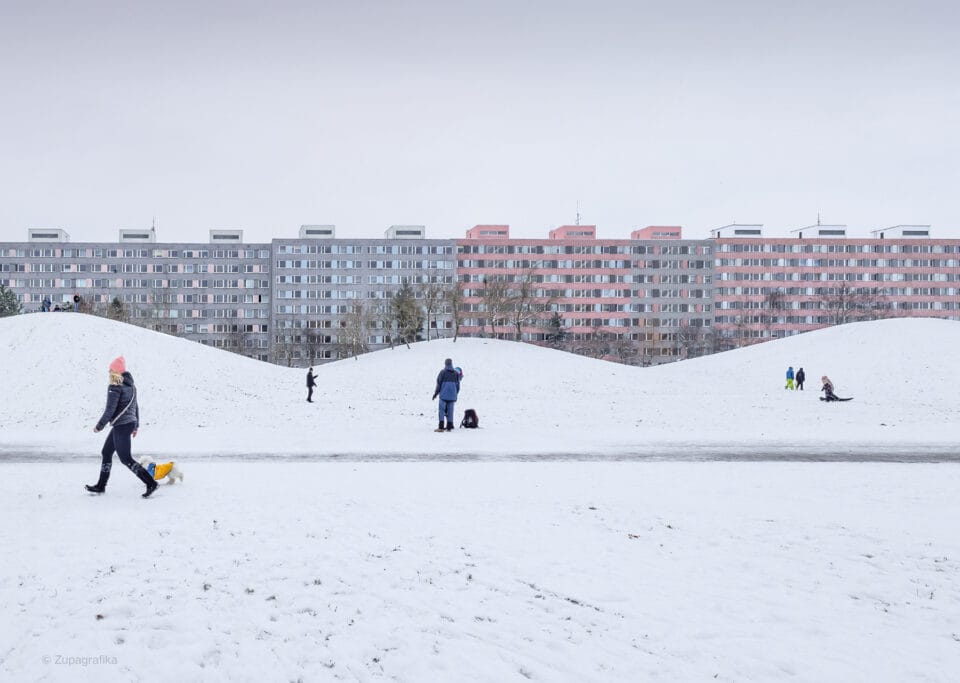
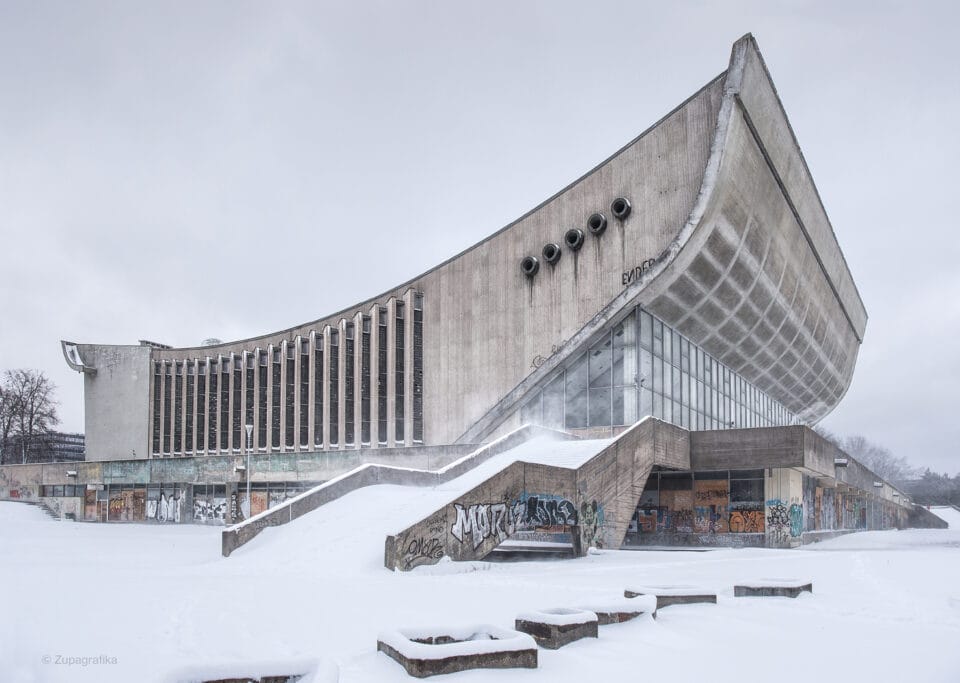

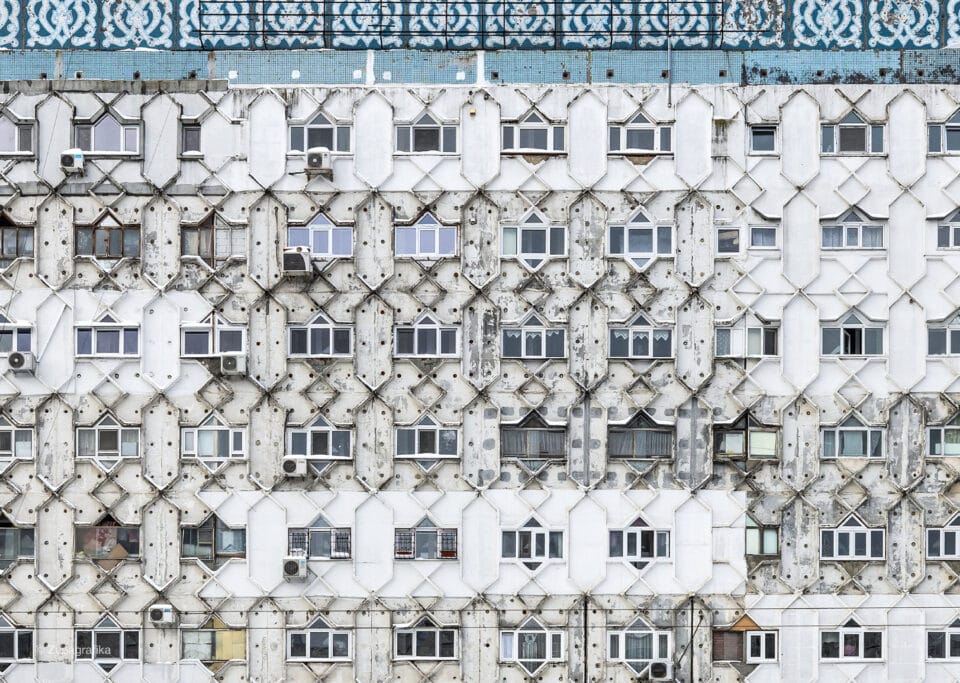
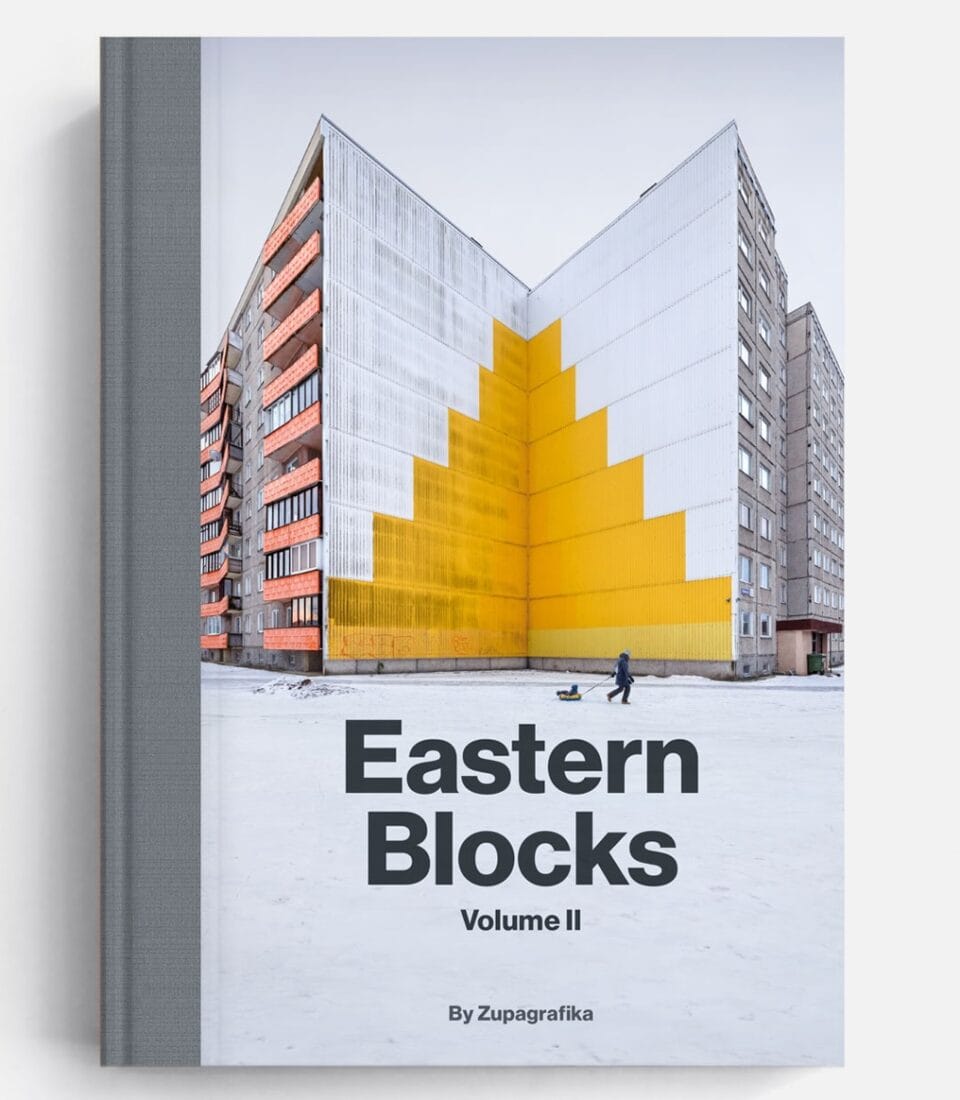
Do stories and artists like this matter to you? Become a Colossal Member today and support independent arts publishing for as little as $7 per month. The article More Than 180 Photographs Chronicle Brutalist Suburbs and Public Buildings in ‘Eastern Blocks II’ appeared first on Colossal.
